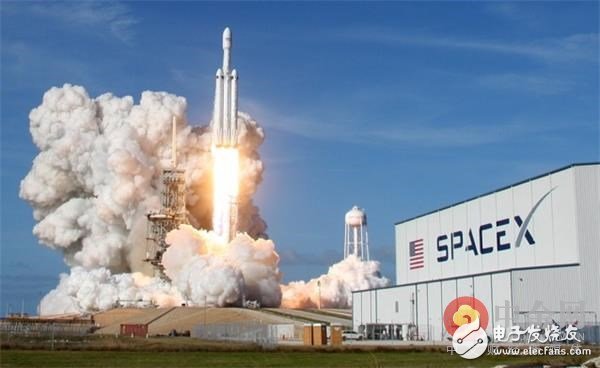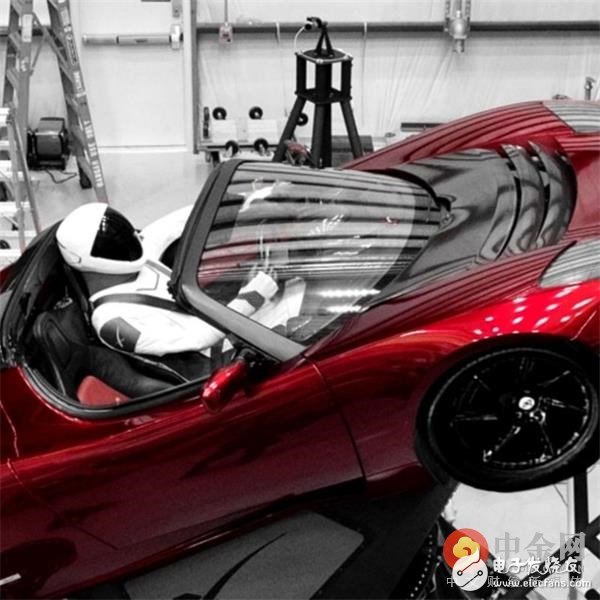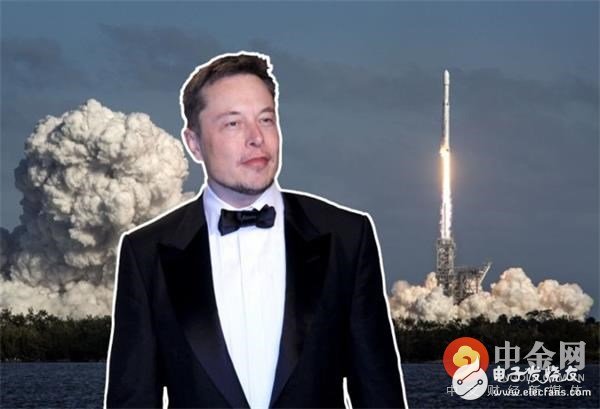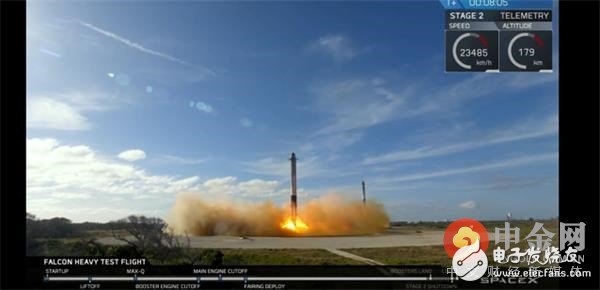Musk's ten-year rocket launch history
Elon Musk and his company SpaceX have taken the world by storm. Those who are familiar with Tesla and Musk, often seen praising him on social media, find it hard to believe—almost surreal—to see him as a "crazy" dreamer chasing the impossible.
On February 6th, in U.S. time, NASA officially announced the launch. At 3:45 pm local time, the Falcon Heavy rocket was launched from the Kennedy Space Center’s LC-39A pad in Cape Canaveral, marking a major milestone for space exploration.

The Falcon Heavy is the most powerful rocket ever built by humans since the Saturn V rockets of the Apollo era. This mission aims to send a payload into Earth and Mars orbit. Due to strong winds, the launch was delayed by about two hours. Thousands of spectators gathered near the launch site, watching the event from beaches, bridges, and roadsides.

The rocket carried a red Tesla Roadster from SpaceX, with a dummy named "Starman" seated behind the wheel. The name comes from David Bowie’s iconic song "Space Oddity," which played in the car. The vehicle also featured three cameras that provided live views of space, along with a copy of "The Hitchhiker's Guide to the Galaxy" (with the famous "Don't Panic" message) and a model of the Roadster itself.

The Falcon Heavy consists of three first-stage rockets and 27 engines, generating around 2.27 million kilograms of thrust at liftoff. Two of the boosters had previously been used in the 2016 Falcon rocket. Shortly after launch, the two side boosters landed safely back at Cape Canaveral, while the central booster attempted a landing on a floating platform in the Atlantic Ocean.
If the boosters can be successfully reused, this could significantly reduce future launch costs. Thanks to the use of recycled components, the cost of this Falcon Heavy launch was $90 million, compared to around $350 million for the Delta IV Heavy rocket currently in service.

According to Musk, the main goal of the Falcon Heavy mission is to send the Tesla Roadster into Mars' orbit. The capsule will pass through Earth’s Van Allen radiation belts and enter a Hohmann transfer orbit, which helps conserve fuel and get as close as possible to Mars.
SpaceX president Gwynne Shotwell told U.S. media that the company’s long-term vision is to dominate the solar system by the year 2100 or 2200, sending humans to Mars quickly and fulfilling Musk’s ambition of making humanity a multi-planet species.
The Verge, a U.S. technology website, noted that Musk first announced plans for the Falcon Heavy in 2011. Launching such a heavy rocket is a significant step forward, allowing SpaceX to transport heavier cargo into space. This capability is also crucial for national security, enabling the deployment of large U.S. satellites into specific orbits.

Musk’s 10-Year Rocket Launch Record
In 2008, Falcon 1 became the first privately developed liquid-fueled rocket to reach orbit;
In June 2010, Falcon 9 made its debut, but its first stage wasn’t reusable;
On September 29, 2013, Falcon 9 launched for the first time, but all recovery attempts failed;
On December 22, 2015, the Falcon 9 Full Thrust version launched for the first time, with the first stage landing successfully on land—marking the first-ever vertical landing of a rocket in human history;
On April 8, 2016, the same rocket achieved the first successful ocean-based landing of a first-stage booster;
On March 30, 2017, the first-stage rocket was reused for the first time, and the fairing was also recovered for the first time;
Finally, on February 6, 2018, the Falcon Heavy, based on the Falcon 9, was launched successfully, marking another major step in space exploration.
Black safety cone road cone,Black Omnidirectional Antenna,Black Transmitting Antenna
Mianyang Ouxun Information Industry Co., Ltd , https://www.ouxunantenna.com